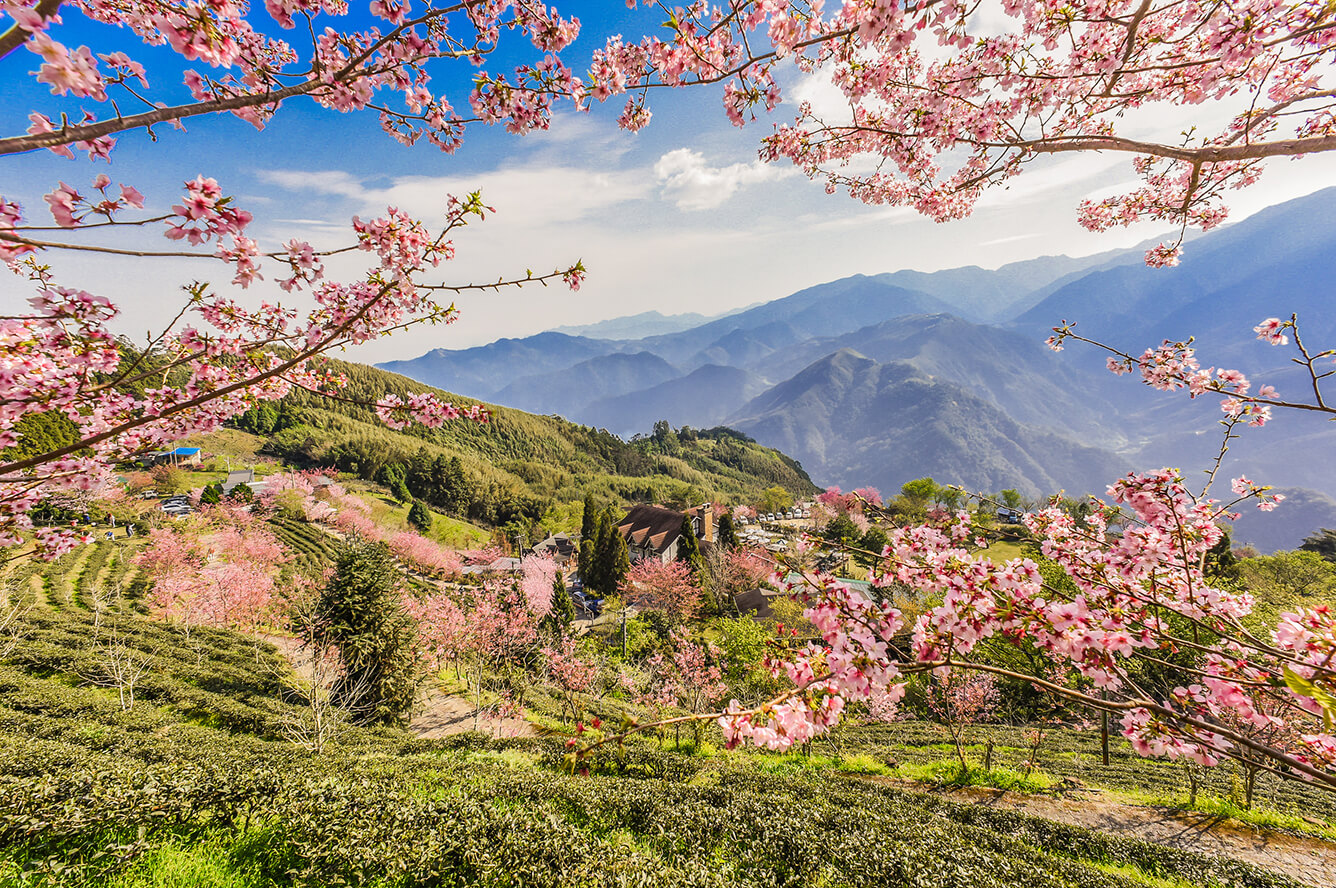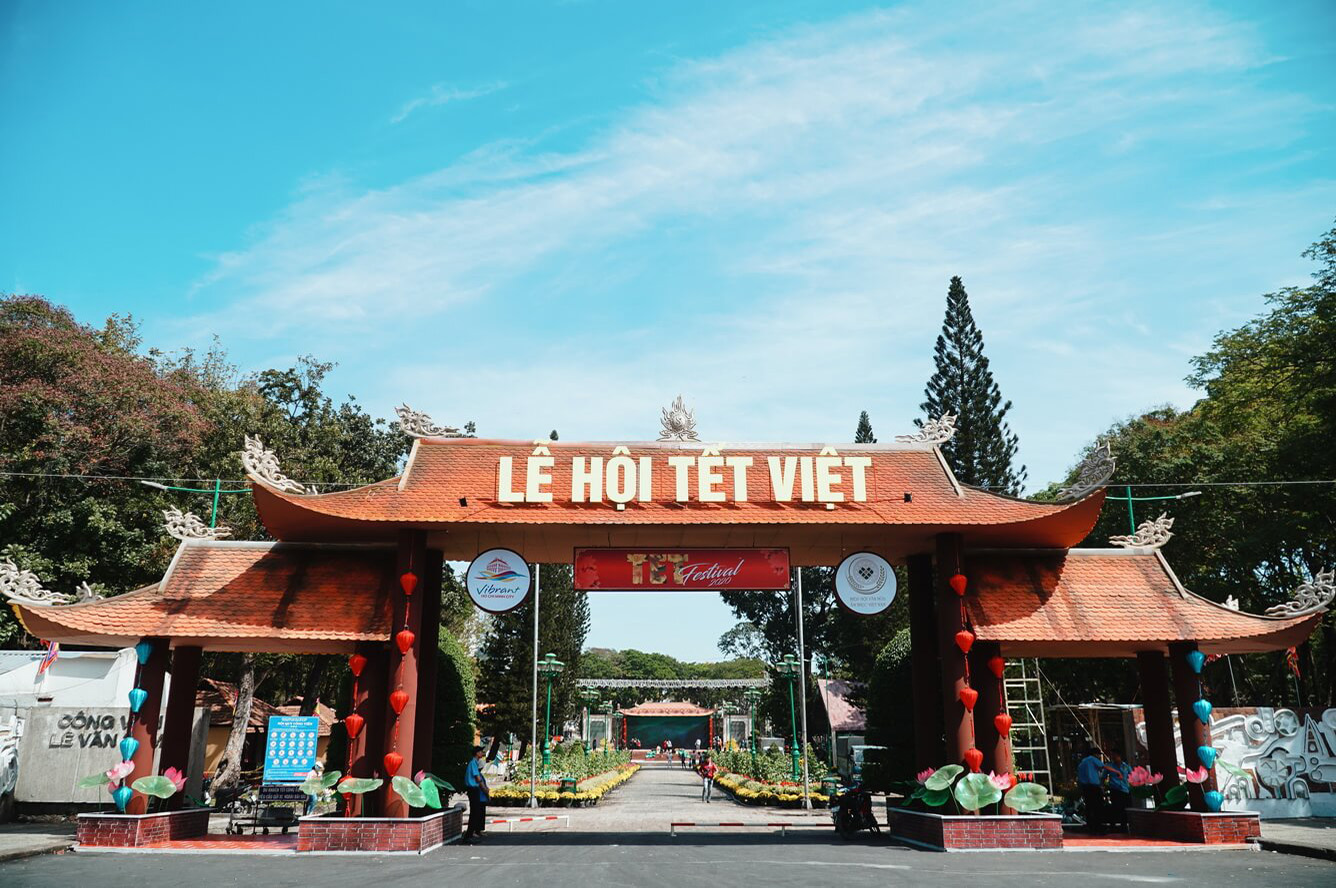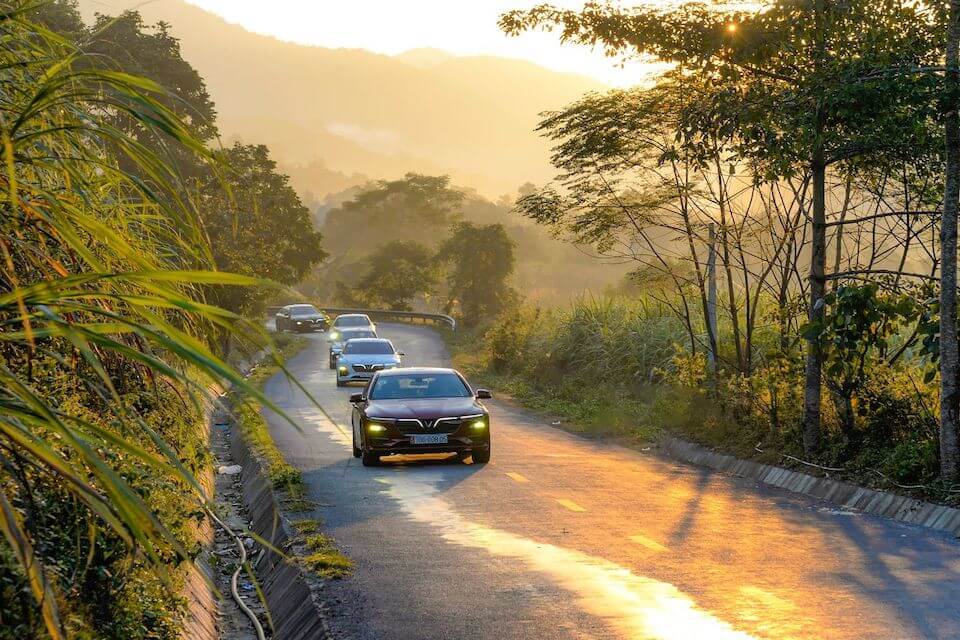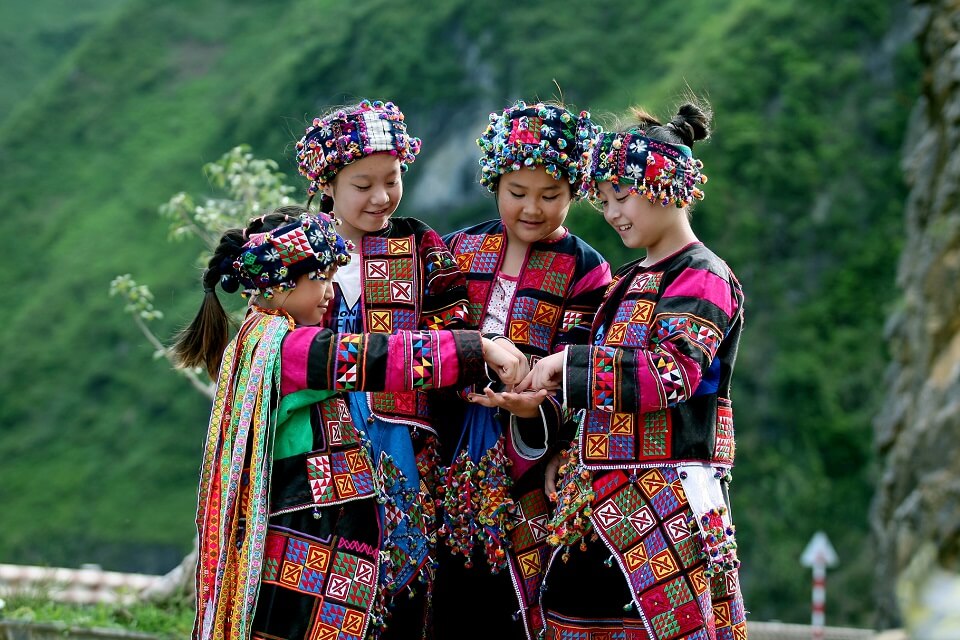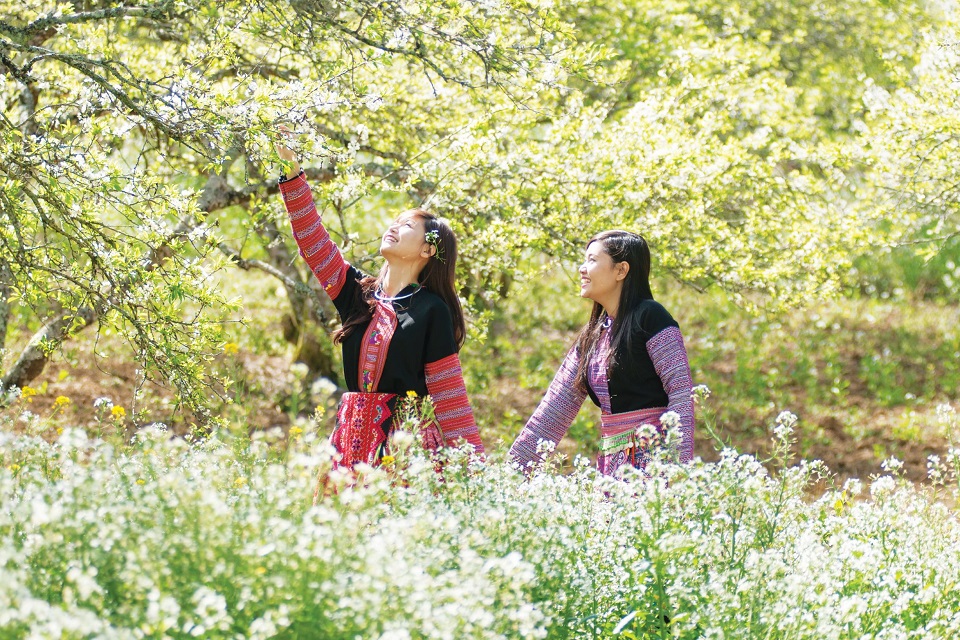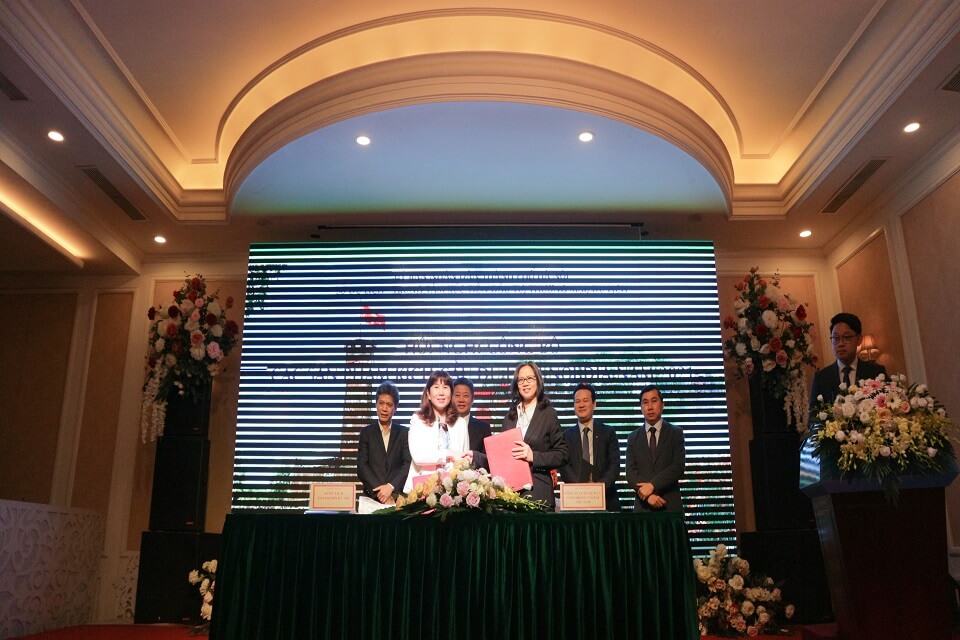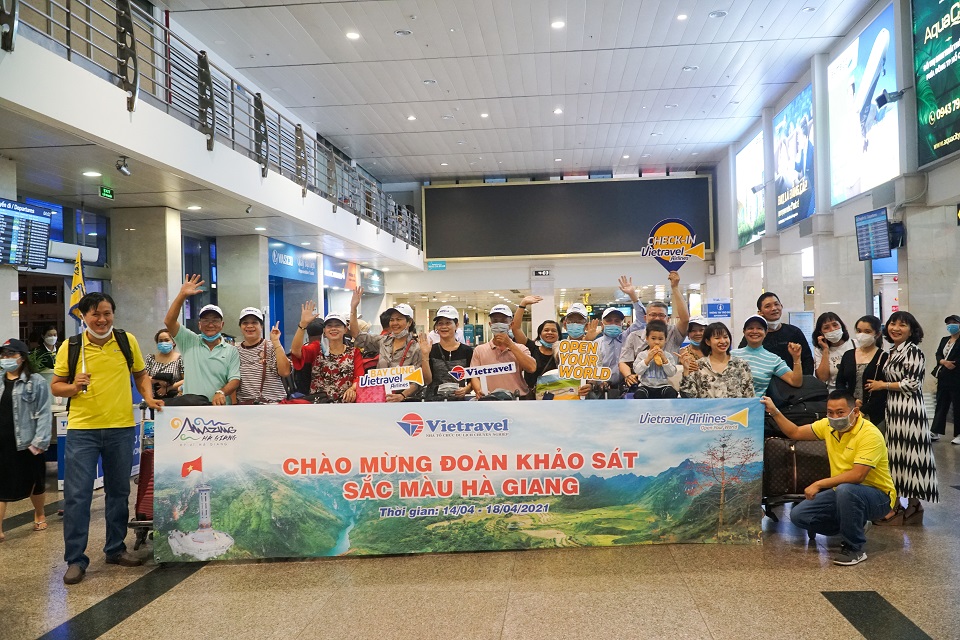Cambodia Highlight Destinations
Cambodia might be one of South East Asia’s smallest countries, but it is superlative in stature. Though the nation was brought to its knees under Pol Pot's destructive regime in the 1970s, it has recovered sufficiently to become one of the highlights of South East Asia.
PHNOMPENH
Phnom Penh might be overshadowed by the temples at Angkor but spend time in this Cambodian city and you’ll discover colonial buildings, wide boulevards, pagodas and riverside walks.
Known for its extraordinary Royal Palace and the treasures contained in the National Museum, the best way to discover 21st century Phnom Penh is to explore on foot. Peruse the stalls in the bustling markets full of unusual smells and exotic items, observe monks collecting alms in the early morning hours and admire the dexterity of motorbike riders as they manoeuvre through the city’s chaotic traffic.
If this all gets too much, retreat to one of Phnom Penh’s stylish restaurants, bars and shops which are testament to an emerging city full of confidence and one that is trying to put its troubled history behind it.
SIEM REAP
At its heart, Siem Reap is still a little charmer, with old French shop-houses, shady tree-lined boulevards and a slow-flowing river. But it is expanding at breakneck speed with new houses and apartments, hotels and resorts sprouting like mushrooms in the surrounding countryside. The tourist tide has arrived and locals are riding the wave. Not only is this great news for the long-suffering Khmers, but it has transformed the town into a pulsating place for visitors. Forget the naysayers who mutter into their beers about Siem Reap in the ‘old days’, now is the time to be here, although you may curse your luck when stuck behind a jam of tour buses on the way back from the temples.
Angkor is a place to be savored, not rushed, and this is the base to plan your adventures. Still think three days at the temples is enough? Think again with Siem Reap on the doorstep.
Getting here: Most visitors arrive in Siem Reap by air. There are direct flights from most major capital cities in Southeast Asia. It is a 40 minutes flight or a 6 hour journey by road from Phnom Penh.
KRATIE
The rare freshwater Irrawaddy dolphins make their home in the Mekong River, just north of Kratie. With only around fifteen to twenty remaining, they are worth a visit. Whether you are just on a trip seeing the river towns along the Mekong or taking a full circuit trip around the east and northeast, Kratie is a nice place to spend a night or two
PREAH VIHEAR
However, Preah Vihear is home to three of Cambodia’s most impressive legacies of the Angkorian era. Prasat Preah Vihear, high atop the Dangkrek Mountains escarpment, is truly stunning, though for now this temple is much easier to get to from Thailand than from the provincial capital, Tbeng Meanchey. The trip from the Cambodian side involves a tough overland journey and, in the wet season, the distinct possibility of a night in the forest. The mighty Preah Khan isn’t as far north but is reachable only in the dry season. Fortunately, there’s good news regarding the 10th-century capital of Koh Ker, now an easy toll-road drive from Siem Reap (via Beng Mealea).
SIHANOUK VILLE
Named in honour of the then-king, Sihanoukville was hacked out of the jungle in the late 1950s to create Cambodia’s first and only deep-water port, considered vital so the country’s international trade would no longer have to pass through Vietnam. During the 1960s the city experienced a small tourism boom.
The big attractions around here are the four beaches ringing the headland. None of them qualify as the region’s finest but on weekdays it’s still possible to have stretches of sand to yourself. On weekends and holidays Sihanoukville is extremely popular with well-to-do Phnom Penhers.
Source indochinadiscoverytravel

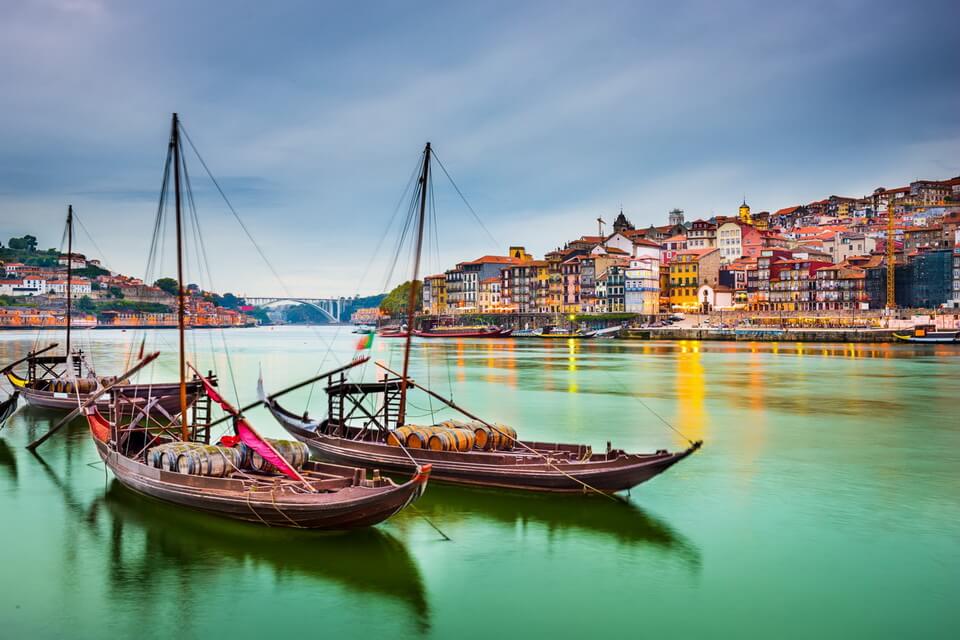
Benefits from investment for overseas settlement
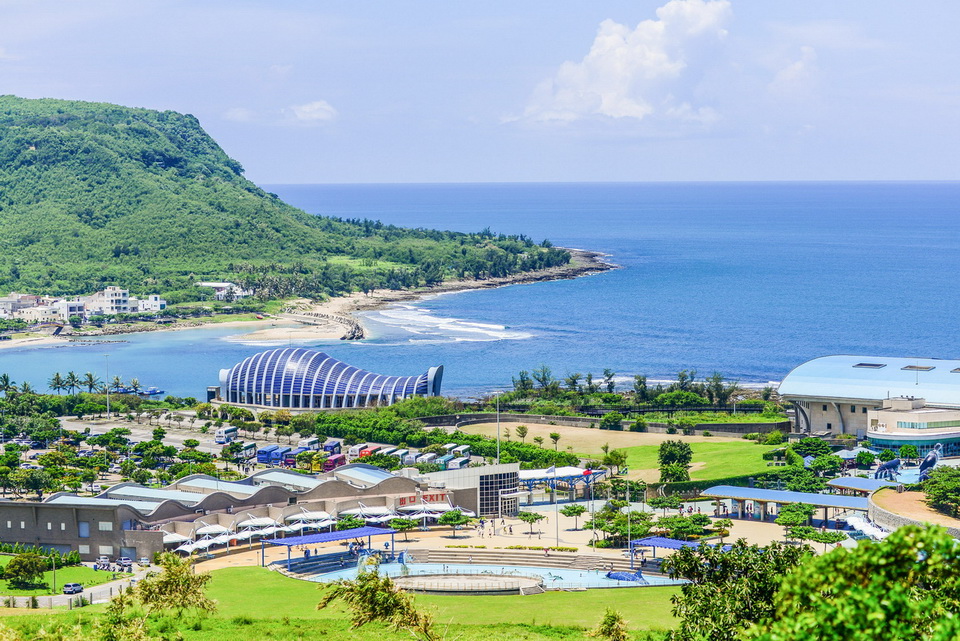
New experiences for travel in Taiwan
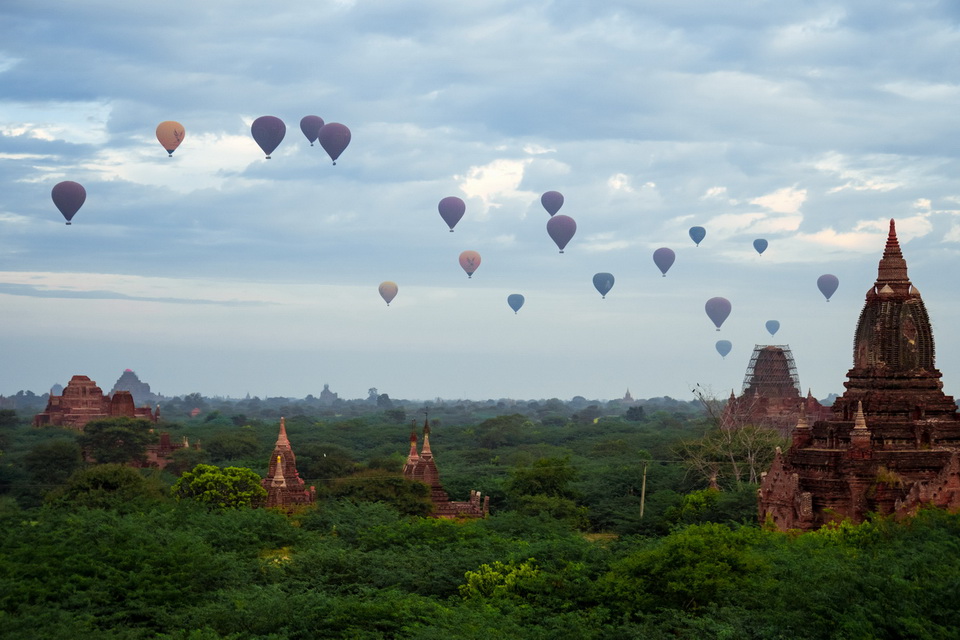
Exploring the ancient city of Bagan
Living a farmer’s life in Ibaraki Prefecture
Let’s live with farmers from the Hiroura Rural Experience Promotion Association in Ibaraki Town!
From cherry blossoms to nemophila, spring in Ibaraki is the season of flowers
Spring is the season of flowers blooming everywhere. This article would like to introduce the places ...
What's so special about experience tours in Ibaraki?
Ibaraki Prefecture is easy to reach from Haneda Airport or Narita Airport. It takes about 90 minutes ...
Where to see the most spectacular Cherry blossoms in this Spring
Spring is here, and so is the countdown to one of the most beautiful blooms of the year: Cherry blos ...
Tet and others spectacular festivals around the world in January 2020
In January 2020, Tet festival in Vietnam and others spectacular festivals around the world are color ...
The best Christmas drinks from around the world
Boozy, warming, and very indulgent – what more do you expect from a Christmas cocktail? Try one of t ...







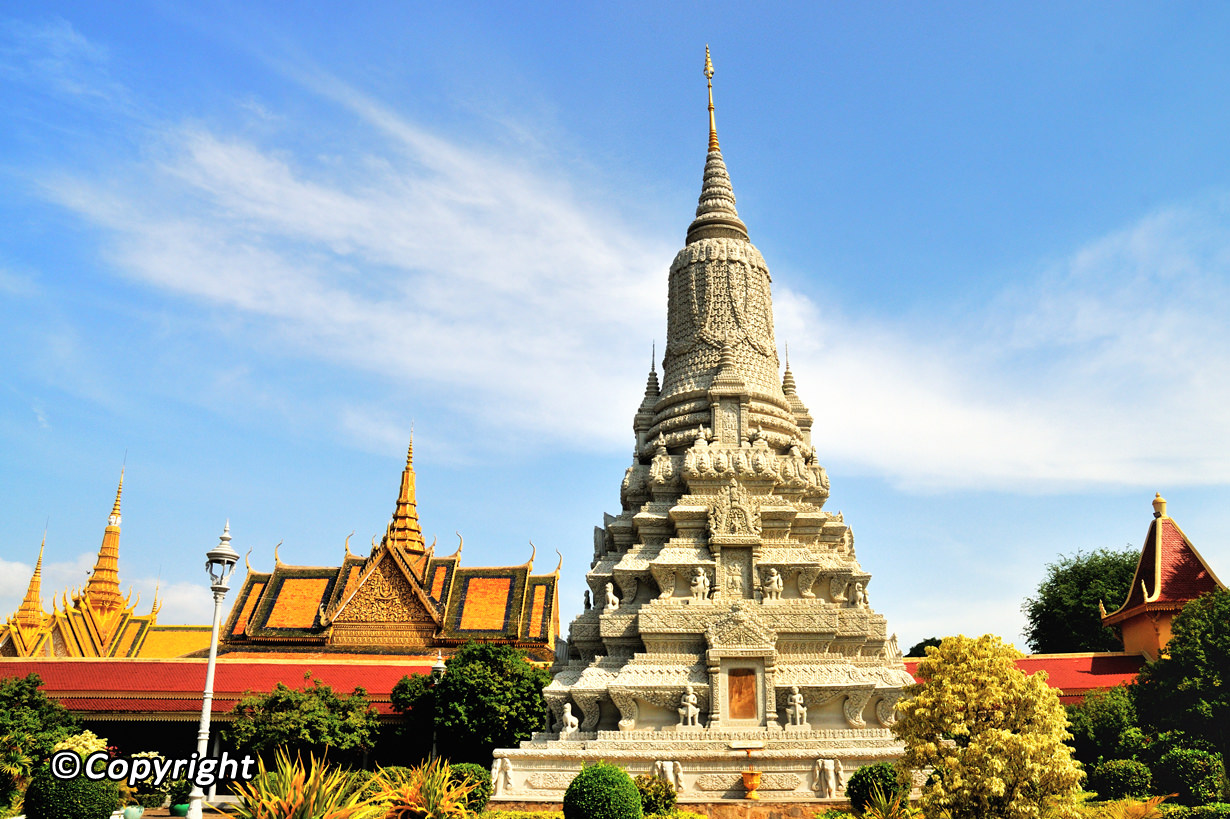
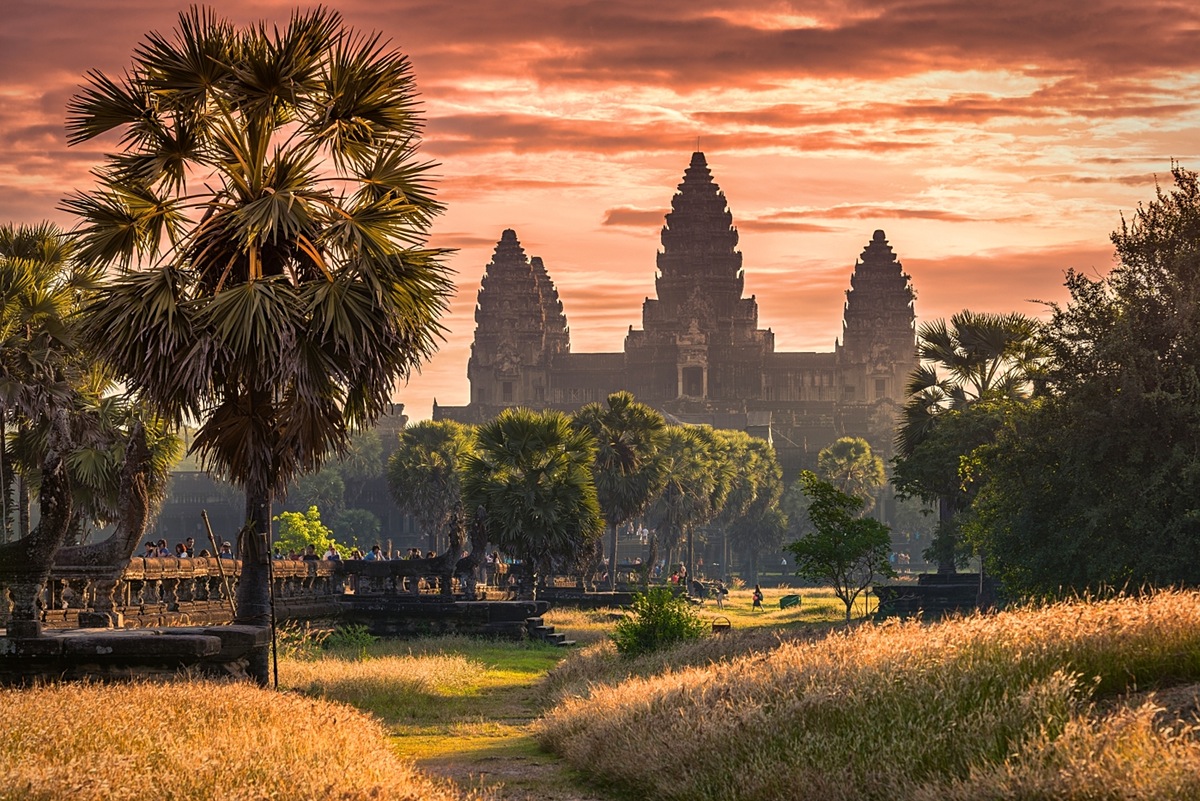
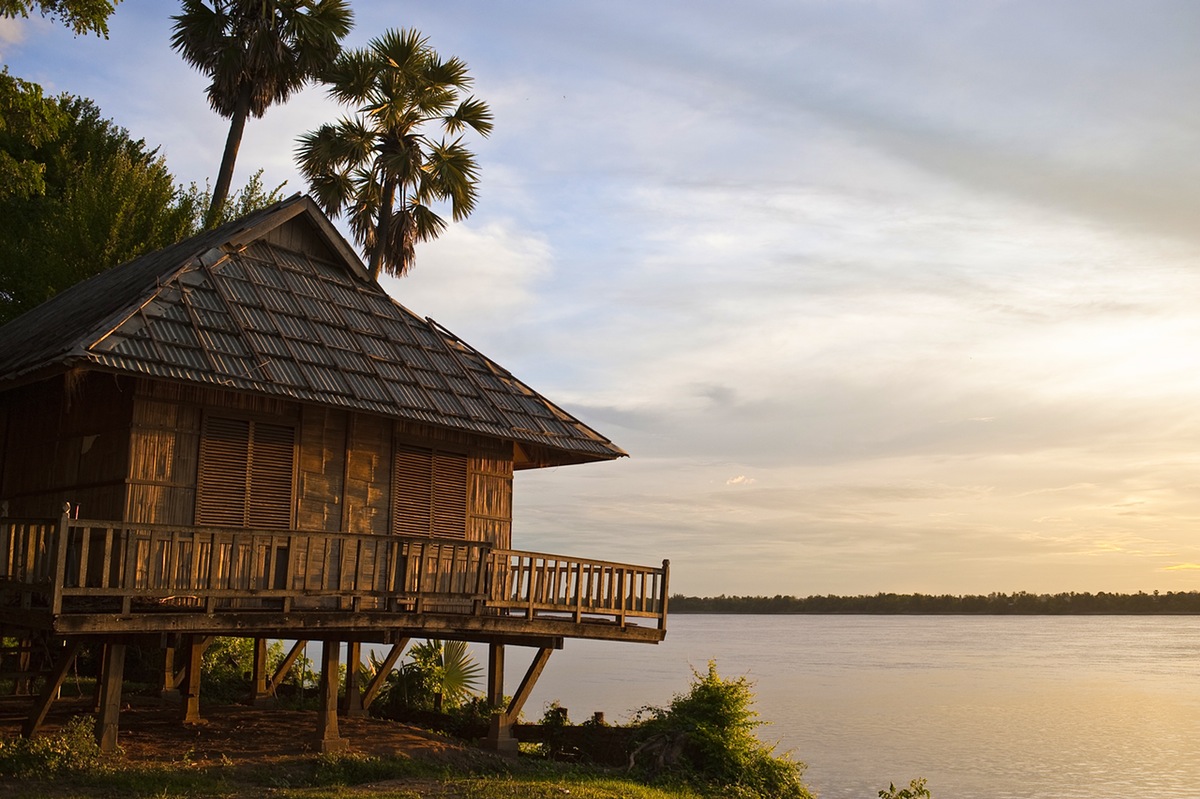
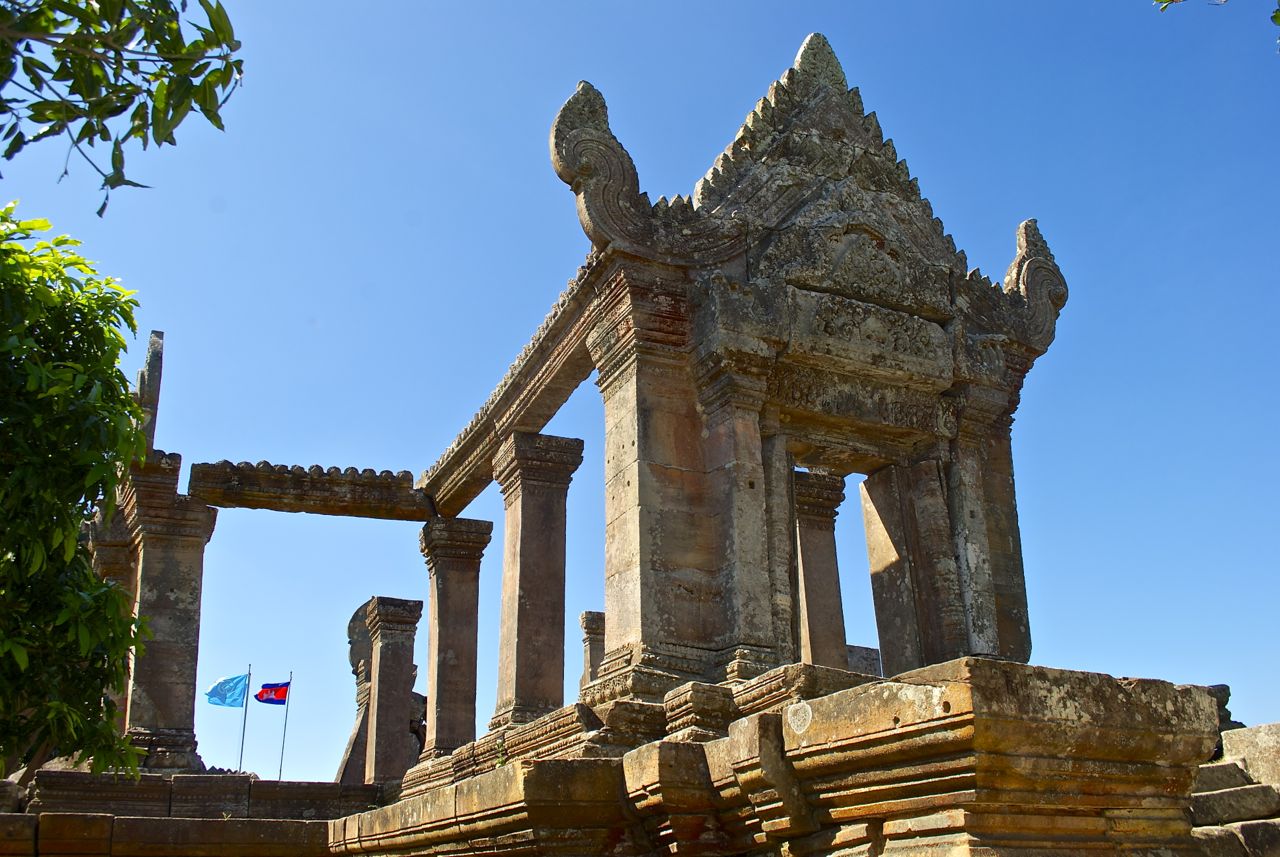
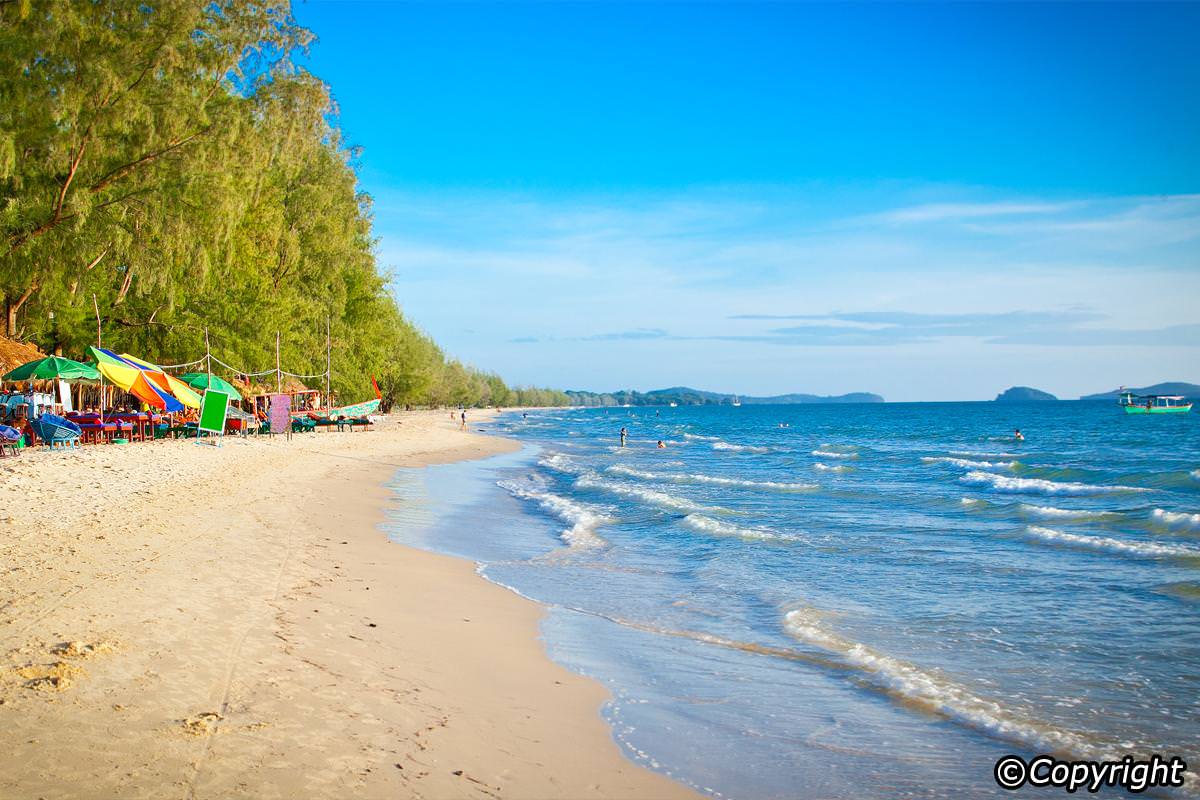
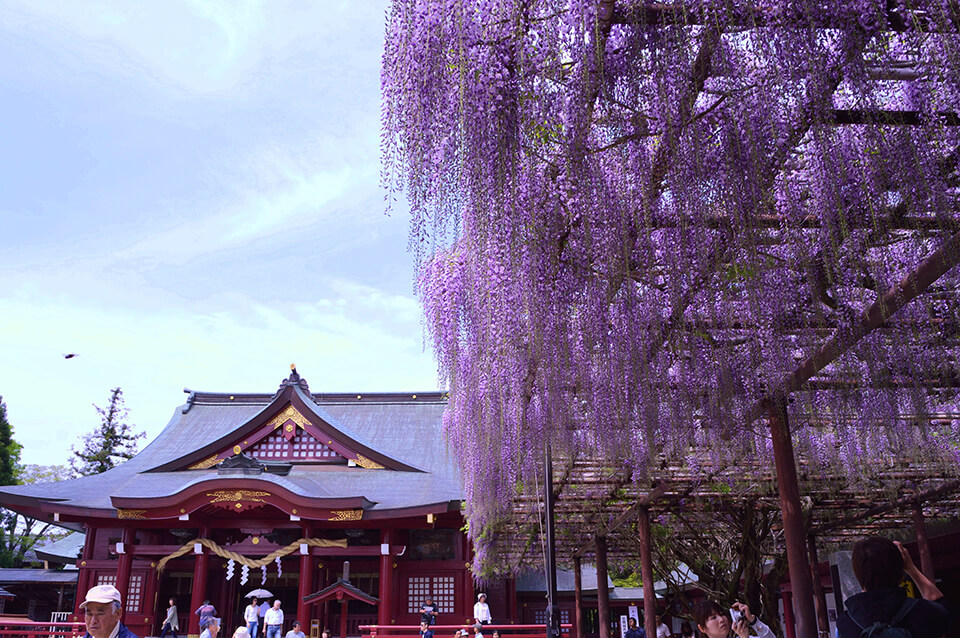
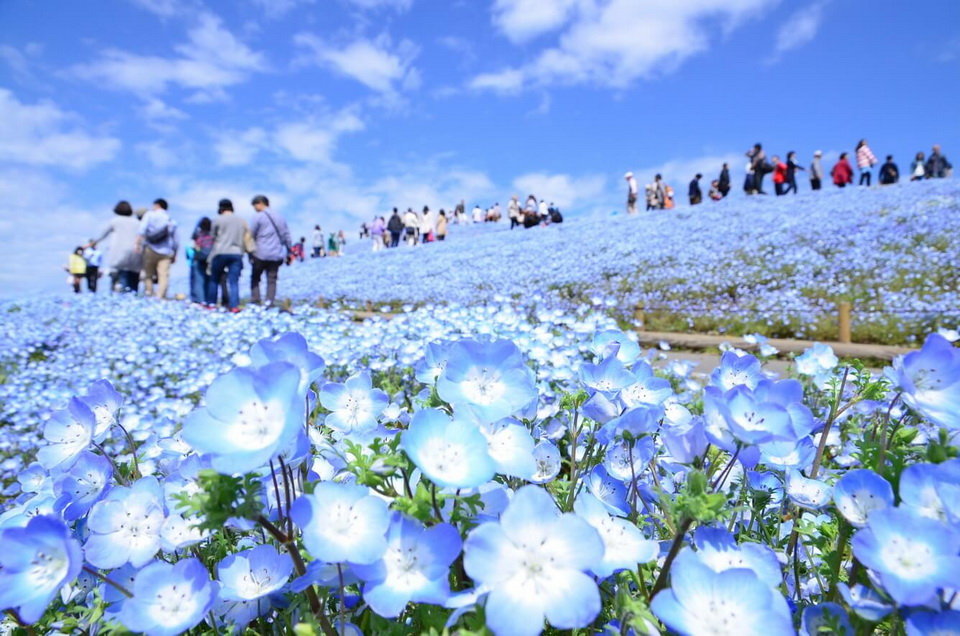
 (1).jpg)
